Newark On Trent, From Trent Bridge 1909
Photo ref:
61796


More about this scene
In those relatively traffic-free days before the Great War, it was still common practice for pedestrians to use the carriageway as an extension of the pavement. Judging from the angle of the picture, traffic was light enough for our cameraman to position his plate camera and tripod in the roadway.
Add to Album
You must be signed in to save to an album
Sign inShare This Photo
Buy a Print
Unframed, Mounted, Framed and Canvas prints in a range of sizes and styles.
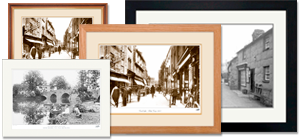
View Sizes & Prices
A Selection of Memories from Newark-on-Trent
For many years now, we've been inviting visitors to our website to add their own memories to share their experiences of life as it was, prompted by the photographs in our archive. Here are some from Newark-on-Trent
Sparked a Memory for you?
If this has sparked a memory, why not share it here?



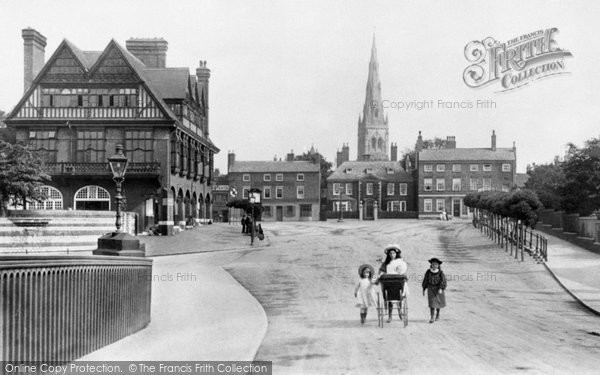
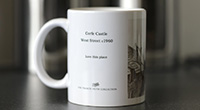
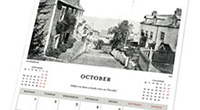
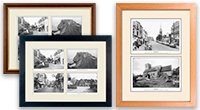
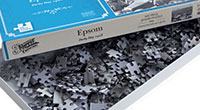
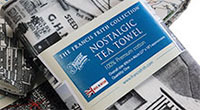
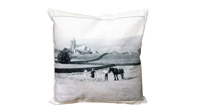
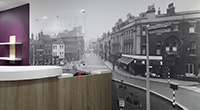
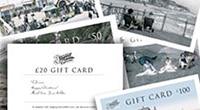
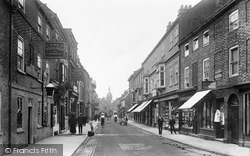


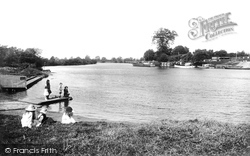
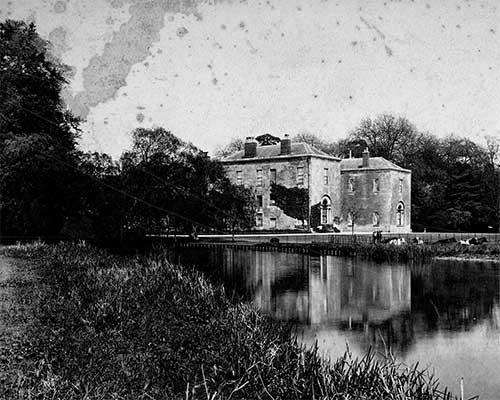 Before
Before
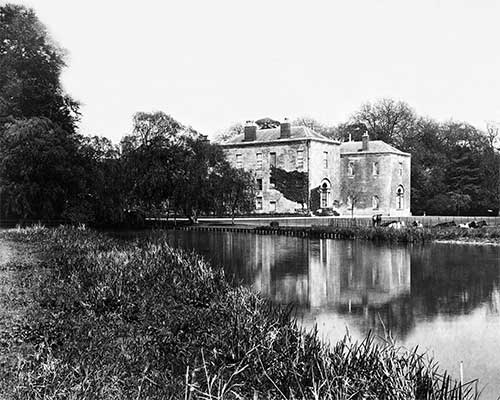 After
After